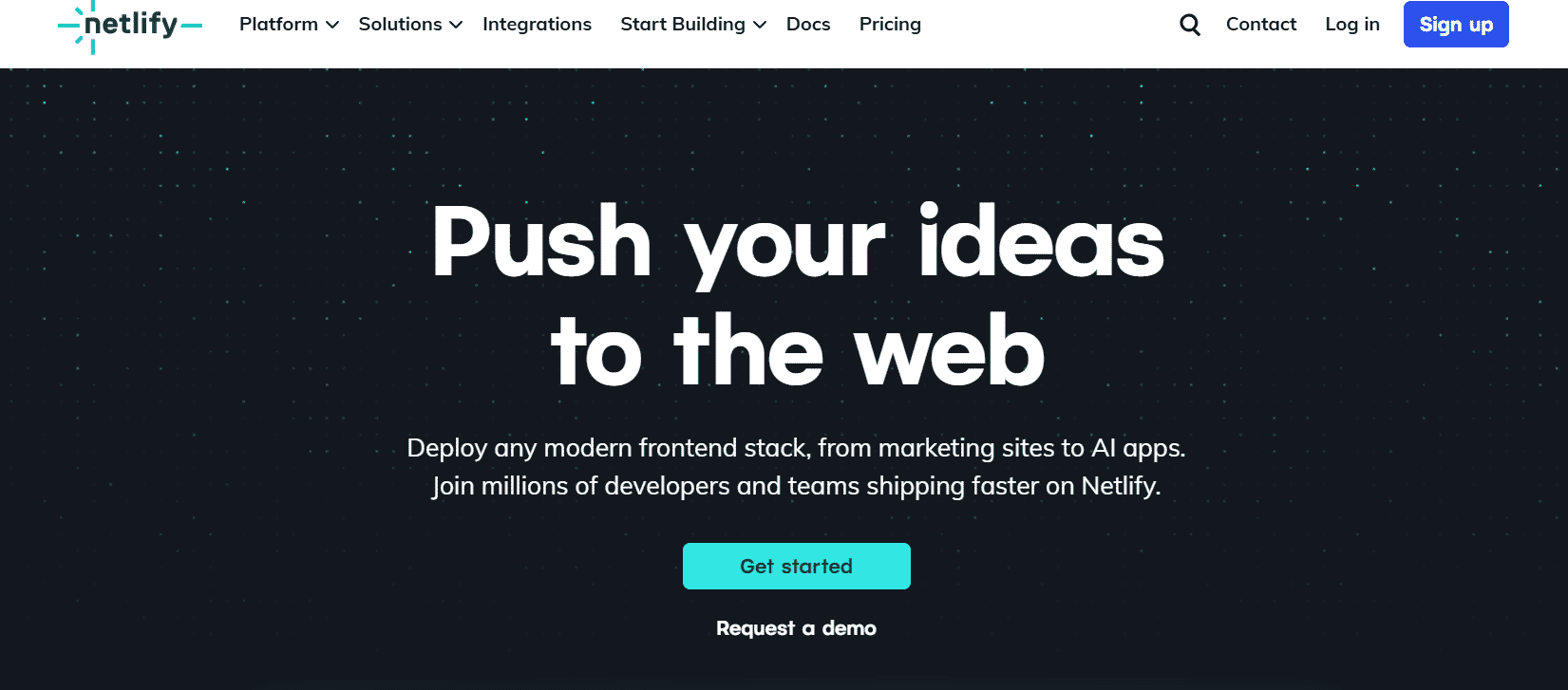As development teams navigate the landscape of hosting and deployment solutions, Vercel has emerged as a popular choice for front-end applications. But is their pricing model the right fit for your specific project needs? Let's break down Vercel's pricing structure and help you determine if it aligns with your project scale.
Understanding Vercel's Pricing Tiers
Vercel offers several pricing tiers designed to accommodate different project sizes:
Hobby (Free): Perfect for personal projects and experimentation Pro ($20/month): Designed for individual developers and small teams Team ($40/month per team member): For growing teams requiring collaboration features Enterprise (Custom pricing): For large organizations with advanced requirements
Key Factors to Consider
1. Project Traffic and Bandwidth Requirements
Vercel's free tier includes generous bandwidth limits for small projects, but as your traffic grows, you'll need to consider the usage limits. The Pro tier includes substantially more bandwidth, while Enterprise offers custom limits based on your needs.
For projects with unpredictable traffic spikes, the automatic scaling provided by paid tiers can be invaluable. However, if your traffic is relatively stable and modest, the free tier might suffice.
2. Build Minutes and Deployment Frequency
Every deployment consumes build minutes, and this can add up quickly if your team deploys frequently. The free tier offers limited build minutes per month, while paid tiers provide substantially more. Consider how often you deploy and how intensive your build process is.
A complex Next.js application with many dependencies might consume 5-10 minutes per build, which would quickly exhaust the free tier's allowance if you're deploying several times daily.
3. Team Collaboration Requirements
If you're working solo or with just one other developer, the Hobby or Pro tier might meet your needs. However, as your team grows, the Team tier offers features like:
- Team member management
- Enhanced collaboration tools
- Improved access controls
These features become increasingly valuable as your organization scales.
4. Development Environment Needs
Consider how many preview environments you need. The free tier limits concurrent deployments, while paid tiers support more extensive parallelization of development workflows.
If your team regularly works on multiple feature branches simultaneously, the Pro or Team tier will provide the necessary infrastructure.
Cost Analysis by Project Scale
Small Personal Projects
For personal blogs, portfolios, or small side projects, the Hobby tier is often sufficient. At zero cost, you get:
- Continuous deployment
- Global CDN
- HTTPS by default
- Basic analytics
Verdict: Excellent value for small-scale projects with limited traffic.
Growing Startups
As your startup grows, the Pro tier becomes more appropriate. At $20/month, you receive:
- Increased bandwidth
- More build minutes
- Unlimited deployments
- Password-protected previews
Verdict: The Pro tier offers a good balance of features and cost for early-stage startups.
Established Teams
With multiple developers working concurrently, the Team tier at $40/month per member provides:
- Granular access controls
- Unlimited artifacts
- Audit logs
- Priority support
Verdict: Though more expensive, the Team tier's collaboration features can dramatically improve workflow efficiency, potentially saving costs in the long run.
Enterprise Applications
For mission-critical applications with specific compliance requirements, the Enterprise tier provides:
- Custom bandwidth allowances
- SLAs
- SAML SSO
- 24/7 support
Verdict: While expensive, the Enterprise tier offers the stability and security features necessary for large-scale operations.
Alternatives to Consider
If Vercel's pricing doesn't align with your needs, consider alternatives like:
- Netlify (similar features, different pricing structure)
- AWS Amplify (pay-as-you-go model)
- GitHub Pages (free for basic static sites)
- Self-hosted solutions (higher maintenance, potentially lower cost)
Conclusion
Vercel's pricing model scales with your project needs, making it accessible for developers at every stage. For small projects, the free tier offers remarkable value, while larger teams benefit from the enhanced collaboration features of paid tiers.
When evaluating whether Vercel is right for your project scale, consider not just the immediate costs, but also the development efficiency gains and the flexibility to scale as your project grows. Sometimes, paying a bit more upfront can lead to significant savings in development time and operational headaches down the road.
The best approach is to start with the minimum viable tier and upgrade as your needs evolve. Vercel makes this transition relatively seamless, allowing your hosting solution to grow alongside your project.
